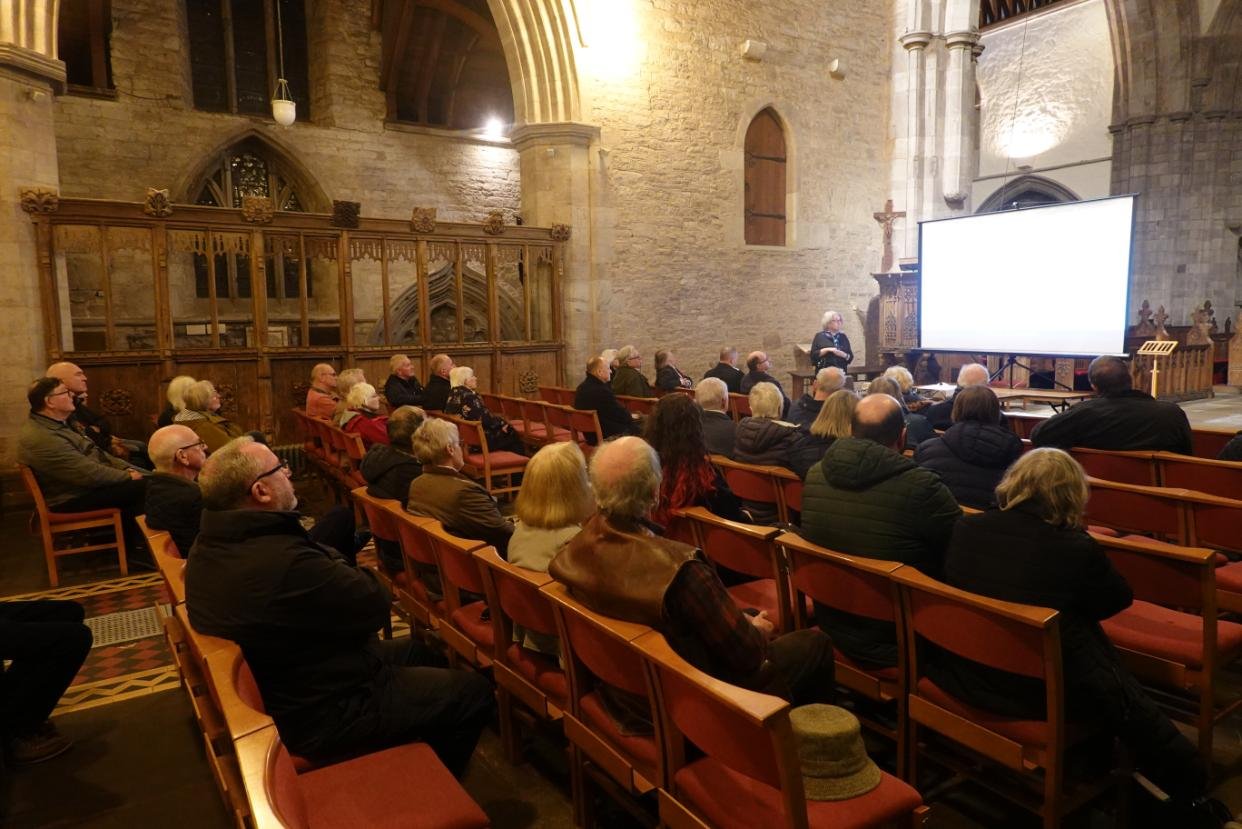
People | Passion | Priory
Development Phase
Our application will go through two phases: a Development Phase of up to two years, enabling us to work on our project proposal, and a Delivery Phase of no more than five years when we carry out the work. We don’t have to use this much time though, and this is something that will be assessed in the Development Phase.
The lottery set out what we needed to achieve in this phase, what they call ‘Approved Purposes’ which can be viewed here. We must satisfy each of these requirements fully before submitting our Round 2 application.
The first task we tackled was to get a Project Board established. This comprises the Dean, the Chapter Clerk, the Project Managers, three non-executive members, a user-group representative for activities, a community-engagement representative, a Diocesan representative, with other consultants being in attendance as needed.
The next task was to appoint a Project Team. This comprises a wide range of consultants that will help us to develop the project. All are now appointed and they include:
Access Consultant
Acoustician
Activities Planner
Architectural Historian
Asbestos Surveyor
Building Control Consultant
Church Monuments Consultant
Designer
Ecology Consultant
Evaluation Consultant
Fire Surveyor
Fundraising Consultant
Interpretation Planner
M&E Consultant
Measured Survey Specialist
Principal Designer
Project Architect
Project Manager
Quantity Surveyor
Services Engineer
Structural Engineer
Sustainability and Environmental Consultant
As the project is developed, the Activities Planner, the Evaluation Consultant, and the Cathedral team have been speaking to many and varied groups to engage, obtain views, and listen to feedback. All this is reported back to the Project Board. The Development Phase is a period to shape the project around what our community wants, needs, and most desires. For example, when we asked the events sector what they wanted from the project they responded a larger central space to accommodate more musicians and singers, and something to stop the sound getting lost up the tower. This has influenced our designs and led to the appointment of an acoustician. When we asked disabled groups what they wanted from the project, they said easy access but also equal access; the same entrance for all. Our design for the new entrance incorporates precisely this.



